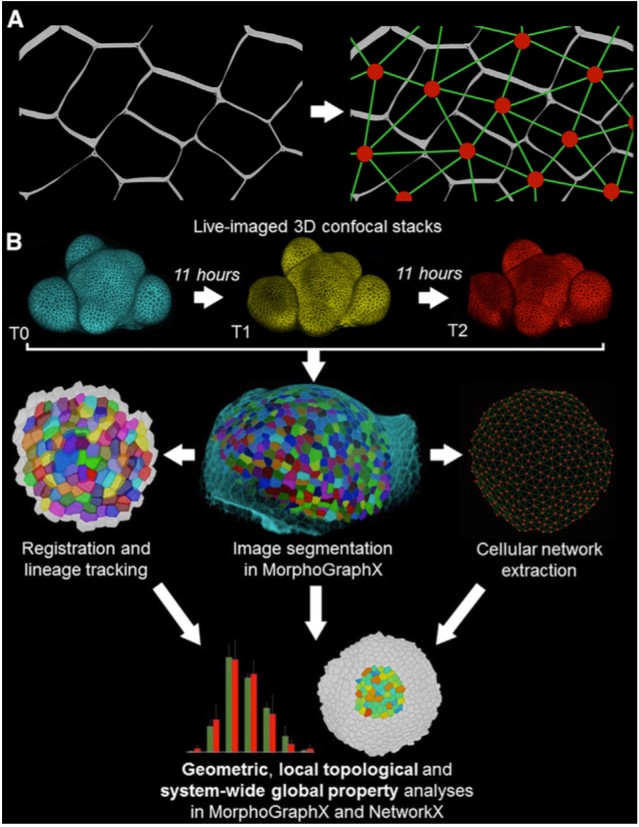
Global topological order emerges through local mechanical control of cell divisions in the Arabidopsis shoot apical meristem (Cell Systems)
Plant Science Research WeeklyIn plants, the final shape of organs depends on how and when the cells divide. To get some insights about the rules governing this process, Jackson et al. applied network science to study the cell organization dynamics in the shoot apical meristem (SAM). They studied the L1, L2 and L3 cell layers in…
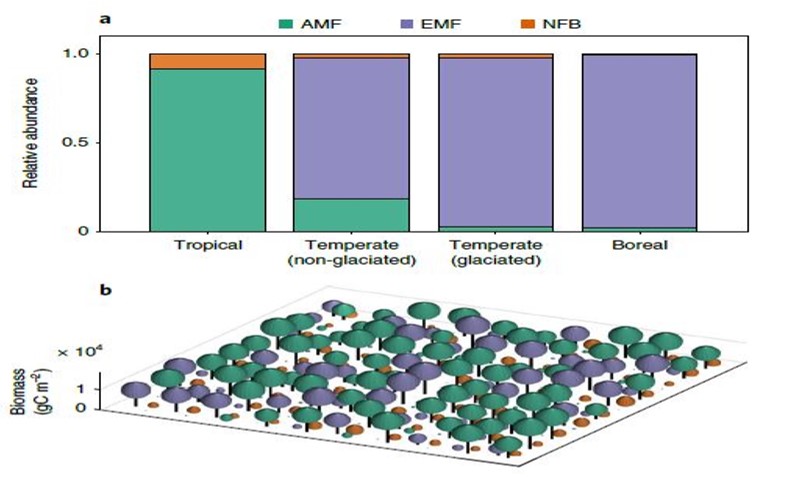
Global plant–symbiont organization and emergence of biogeochemical cycles resolved by evolution-based trait modelling (Nature Ecol Evol)
Plant Science Research WeeklyMost plants depend on microbial partners (symbionts) to help them take up nutrients from the soil. Lu and Hedin set out to identify how these plant-symbiont partnerships contribute to plant distributions and biogeochemical cycles, using an evolution-based modelling approach. The model takes into account…

Proteome-wide, structure-based prediction of protein-protein interactions (Plant Physiol)
Plant Science Research WeeklyGenomics and transcriptomics have brought huge advances in understanding of plant science, but proteomics is both more challenging and in some ways more relevant to understand what is happening inside of a cell. Proteins function largely through their interactions with other proteins, so it is important…
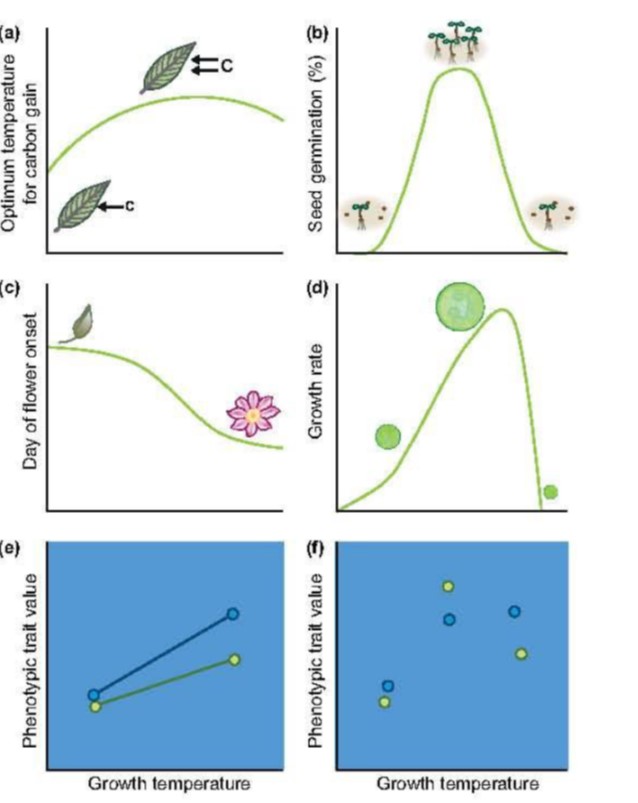
Review: How to analyse plant phenotypic plasticity in response to a changing climate
Plant Science Research WeeklyPhenotypic plasticity, or the ability to change in response to the environment, is one of the most characteristic (and to me, endearing) qualities of plants. As Arnold et al. observe, it is also one of the most important in terms of future climate change; phenotypic plasticity will mean the difference…

Arabidopsis bioinformatics resources: Current state, challenges, and priorities for the future (Plant Direct)
Plant Science Research WeeklyFuture research success demands that data are reliable, accessible and shareable. This means that as types and magnitudes of data change, best practices for how data are collected and stored must be regularly updated. Following a focused workshop, the International Arabidopsis Informatics Consortium…
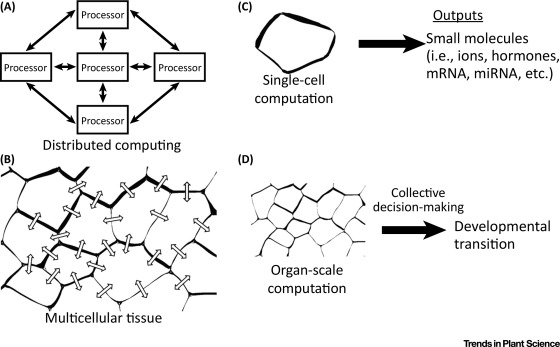
Opinion: Information processing and distributed computation in plant organs ($) (Trends Plant Sci)
Plant Science Research WeeklyThe great strides we’ve made in understanding how plants perceive their environment, from light to pathogens to nutrients, haven't been matched with an understanding of what they do with all that information; how do so many inputs get integrated into a single or few responses? And how does the information…
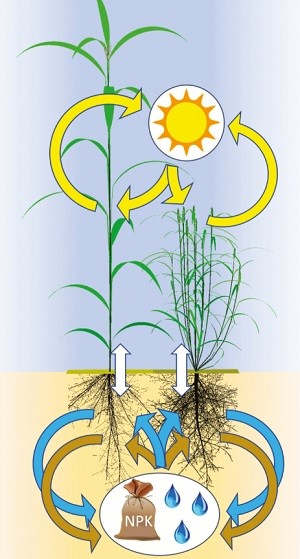
Functional-structural plant modeling to understand species mixtures (J Exp Bot)
Plant Science Research WeeklyMixing different plant species in a single field increases productivity by exploiting species complementarities for capturing resources (i.e. water, nutrients, sunlight). Both competition avoidance responses and individual organ accommodations to the changing environment contribute to this complementarity.…

Busted: Finding Cells Whose Division Planes Defy Prediction
Blog, The Plant Cell, The Plant Cell: In BriefEvery plant organ, from tuber to tepal, is formed by cells that divide along precisely placed cell plates. While much is known about the molecular biology behind cell plate formation (e.g., Gu et al., 2016), why cells divide where they do is much less clear. Dividing cells have much in common with soap…
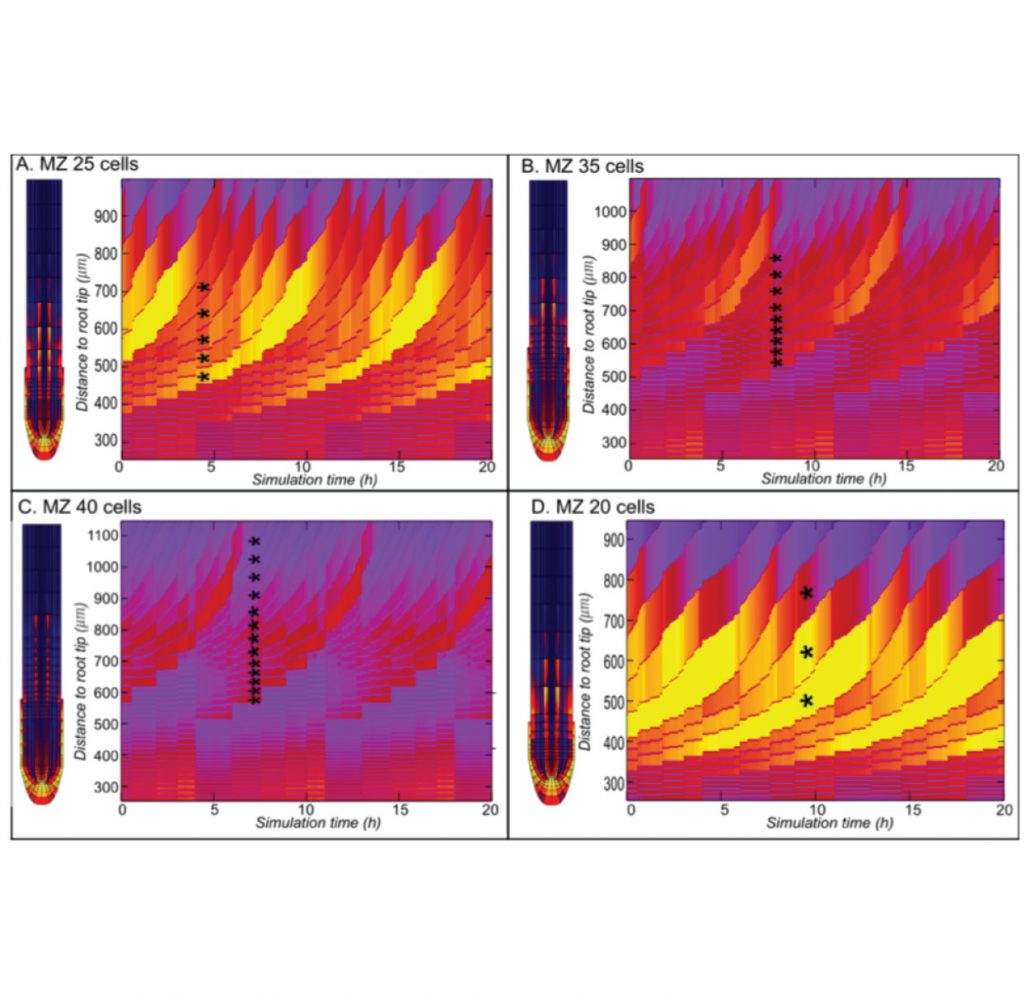
Lateral root priming synergistically arises from root growth and auxin transport dynamics (bioRxiv)
Plant Science Research WeeklyRoot system architecture is primarily determined by branching of the lateral roots. The position of a new lateral root is determined by oscillating auxin concentrations in the main root meristem. To understand the nature of auxin oscillations Van den Berg and ten Tusscher developed a multiscale root…

